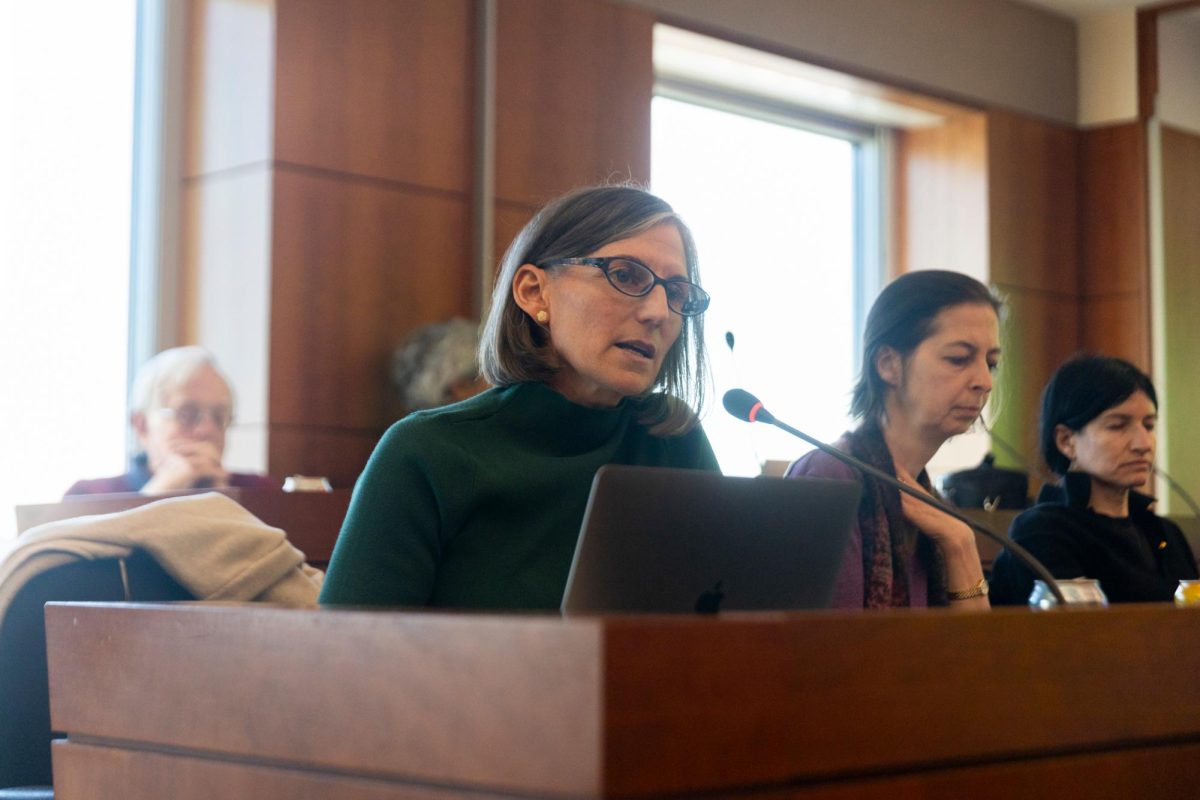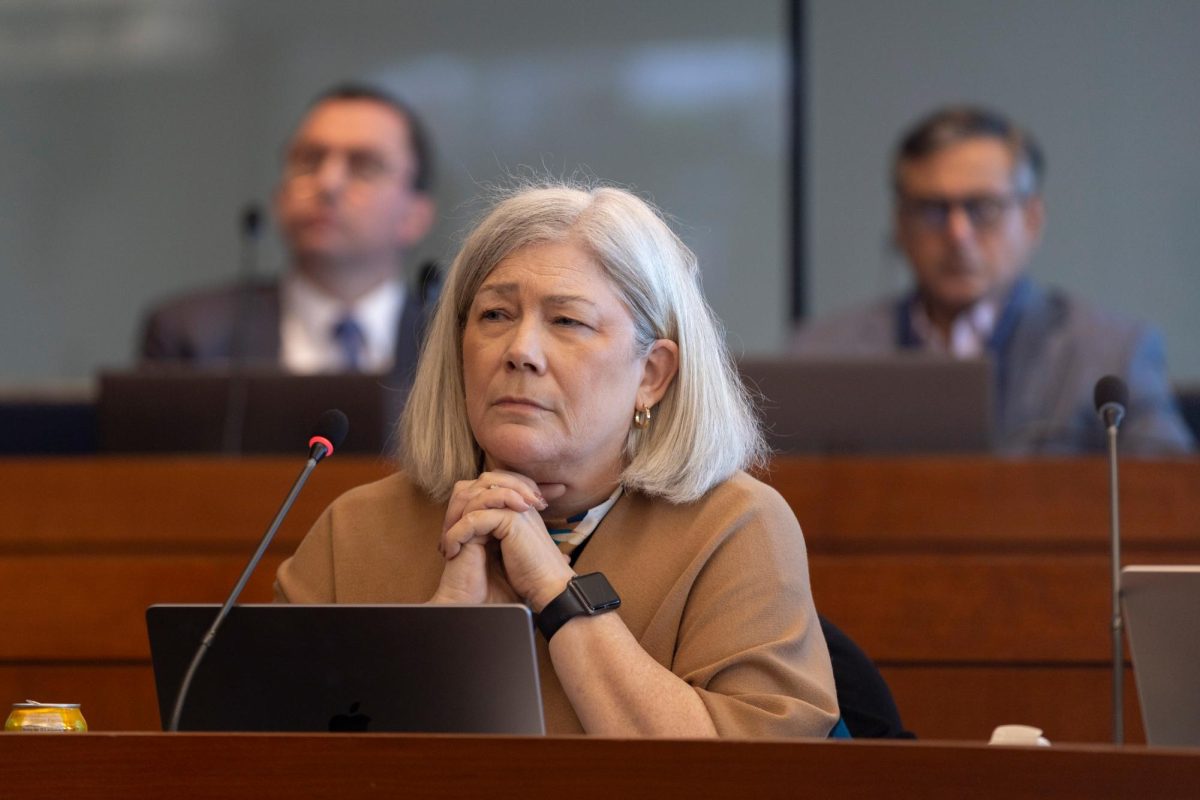D.J. Saul’s college experience was defined by ultimate frisbee.
During his years at GW, he trekked across the U.S. to compete in tournaments and crammed 20 of his teammates into his parents’ California home. While his memories span the country, they shaped his college life as well as his friend group, so Saul now donates to the Frisbee team every year.
“It just seemed like a no-brainer,” the 2008 Elliott School of International Affairs graduate said. “I’m happy to write the check to the ultimate team where I know where it’s going.”
In the first public talks of the multi-year campaign’s tactics, administrators said they will increasingly individualize alumni outreach, using the Internet and specific marketing materials like targeted newsletters and magazines.
The comprehensive effort to wean GW off its tuition dependence by bringing in more dollars through philanthropy will engage alumni like Saul, whose strong associations with clubs and departments make them more likely to donate, Vice President for Development and Alumni Relations Mike Morsberger said. The University’s fundraising push will rely on a bedrock of regular giving from alumni as well as recruiting of seven-figure gifts.
Morsberger said the University is actively developing new ways to let donors set their own priorities for philanthropy, and will hone these efforts as the campaign strategy and goals take shape before next month’s Board of Trustees meeting. His office will attempt to capitalize on donors’ passions, emphasizing that “whatever matters to you matters to us.”
“The challenge is the number of those individual affinities and associations is so great, I can’t possibly know them all, and no website can contain them all,” he said.
More than 350 student organizations and 10 schools, along with academic institutes, professorships, departments, financial aid, sustainability and veterans programs, represent just some of the causes to which donors are drawn, he said.
The Internet is an increasingly important tool, Morsberger said. Efforts are underway to encourage online giving, he said, adding that the office is examining the potential of applications and mobile websites to facilitate development.
“As more and more people get comfortable with giving online, we continue to work on best practices to electronically communicate about giving to GW,” Morsberger said.
The office has also expanded alumni outreach via e-mail, Facebook and Twitter, development office spokeswoman Patricia Danver said, adding that online giving increased by 140 percent between fiscal years 2007 and 2011.
“If we’re going to really broaden our level of support, if we’re going to get thousands more alumni and grateful patients involved, we’re going to have to respond to their needs,” Morsberger said, referring to outreach to graduates and a medical fundraising effort launched last month targeted toward patients at the GW Hospital and the Medical Faculty Associates.
Morsberger has repeatedly said that “knocking on more doors” of alumni especially will help expand the fundraising capacity of the University. Individual donors increased 8 percent in fiscal year 2011 over the year before, while annual giving jumped 9 percent – an indication of steadily growing consistent alumni engagement.
More than 90 percent of all gifts are “restricted,” Morsberger said, meaning the donor specifies which University initiative, department or organization the money must fund.
Executive Vice President and Treasurer Lou Katz said the past five years have seen an overall expansion of development efforts at the University, a trajectory the campaign will look to continue.
“It’s showing that it’s already paying off for the institution, but this is a very long-term strategy,” he said.
Katz, who works with Morsberger to shape the University’s macro fundraising strategy, said it will be impossible to judge the success of new individualized outreach initiatives for three to five years.
“A lot of your fundraising comes in the form of planned giving, and that’s where the real successes have come in for other universities. And we’re really starting to have some real traction in that area,” Katz said. “But the pay-offs are years down the road.”
Morsberger has said in the past that large donors – those who give $1 million or more in a single pledge – will also play a large role in the strategy to expand fundraising.






